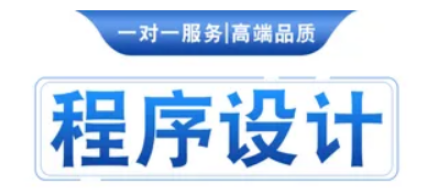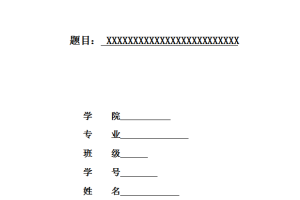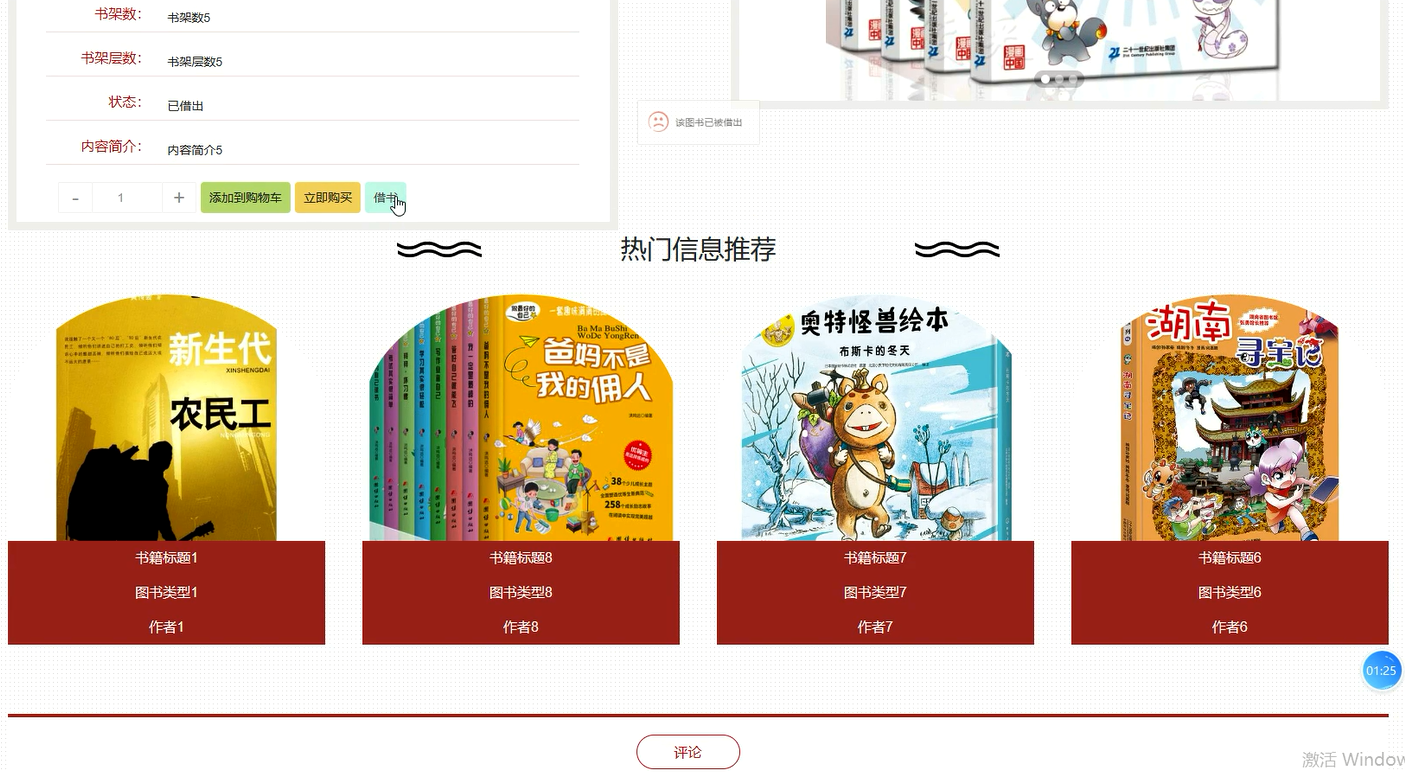Abstract
Business correspondence has been an important and indispensable tool for us to exchange information in the business affairs since global village has been existed. Business correspondence is the principal means used by a business organization to keep in touch with its customers. It is essentially a kind of writing communication activity. Whether it will succeed or not depends largely on the use of langrage. The parties involved will endeavor to win the most benefits while maintaining cooperation with each other. Therefore, it is necessary to adopt appropriate language strategies for the parties involved. Politeness strategy is the most commonly used one that contributes to the successful business correspondence writing. Politeness strategy can enhance the mutual trust and understanding in the communication. This paper attempts to adopt the angle of pragmatic scale: Brown and Levinson’s politeness theory and Leech’s politeness principle to analyze its application in business correspondence and put forward the strategies of realizing the politeness principle in business correspondence writing in the aspects of grammar, lexis and “you attitude”. Through case study, the thesis highlights the importance and the practical use of politeness principle in business correspondence. At the meanwhile some typical mistakes are pointed out, to which more attention should be paid in the business correspondence writing.
Key words: business correspondence politeness principle application strategy
摘 要
自世界村这个概念出现以来,英文商务信函在商业事务中占据了相当重要和不可或缺的地位。商务信函作为商务组织沟通联系客户的重要手段,其信函中的语言表达会大大作用于沟通双方对彼此的印象。作为一种重要的书面沟通形式,商务信函中语言运用是否恰当,对沟通的成功与否起到了关键作用。沟通双方在与对方合作的同时,都力图赢得最大利益,因此,在信函沟通中使用有效的语言策略是必要的。其中,礼貌原则策略在商务信函写作中应用极为广泛,也是一种行之有效的方法。礼貌语言策略能增加沟通双方的信任度,提高书信沟通的自觉性,增加信函沟通的成功机会。本文试从语言学的角度, 并以此作为理论基础,采用Brwon and Levinson的礼貌理论和Leech的礼貌原则分析礼貌在商务信函中的应用。在此基础上,提出有效的实现商务信函中礼貌原则的相关策略。本文从三个方面:语法,词汇和“You-Attitude”的角度并通过大量的例子阐述这三种策略。例子的生动表述,礼貌原则在商务信函中的重要性和现实意义得到了重视,并且在例子中通过对比分析说明违反礼貌原则的典型错误和造成的不良后果,以此引起人们在撰写商务书信时的特别注意。
关键词:商务信函 礼貌原则 应用 策略
Contents
Acknowledgements…………………………………………………………………….iAbstract(English) ……………………………………………………………………..ii
Abstract (Chinese)…………………………………………………………………….iii
Introduction ……………………………………………………………………………1
- Politeness principle and the relevant theories……………………………………2
- Definition of politeness…………………………………………………………….2
- Pragmatic scales of politeness……………………………………………………..3
2.2.1 Brown and Levinson’s Face Theory………………….…………………….3
2.2.2 Leech’s Politeness Principle and its Maxims……………………………….4
2.3 Politeness strategy………………………………………………………….……6
- Application of politeness principle in business correspondence………………..7
3.1 Application of Brown and Levinson’s face-threatening acts (FTAs) in different types of business correspondence…………………………………………….…7
3.2 Application of Leech’s politeness principle in business correspondence………..10
3.2.1 Application of Tact Maxim…………………………………………………10
3.2.2 Application of Generosity Maxim…………………………………………..11
3.2.3 Application of Approbation Maxim…………………………………………13
3.2.4. Application of Modest Maxim……………………………………………..14
3.2.5 Application of Agreement Maxim…………………………………………..16
3.2.6 Application of Sympathy Maxim…………………………………………….17
- Strategies of realizing the politeness principle in business correspondence writing…………………………………………………………………………………19
4.1 Grammar strategy………………………………………………………………..19
4.1.1 Passive voice sentence pattern………………………………………………19
4.1.2 Using affirmative structures………………………………………………..20
4.1.3 Interrogative clause…………………………………………………………21
4.1.4 Conditional sentence………………………………………………………..22
4.1.5 Past tenses and progressive tenses………………………………………….23
4.1.6. Subjunctive mood……………………………………………………………24
4.2 Lexical strategies……………………………………………………………….25
4.2.1 Positive words instead of the negative ones………………………………..25
4.2.2 Soft words…………………………………………………………………..26
4.2.3 Hedging words and phrases…………………………………………………28
4.3 Strategy of “You-Attitude”……………………………………………………..29
- Conclusion………………………………………………………..………….…31
References……………………………………………………..……………………..33





